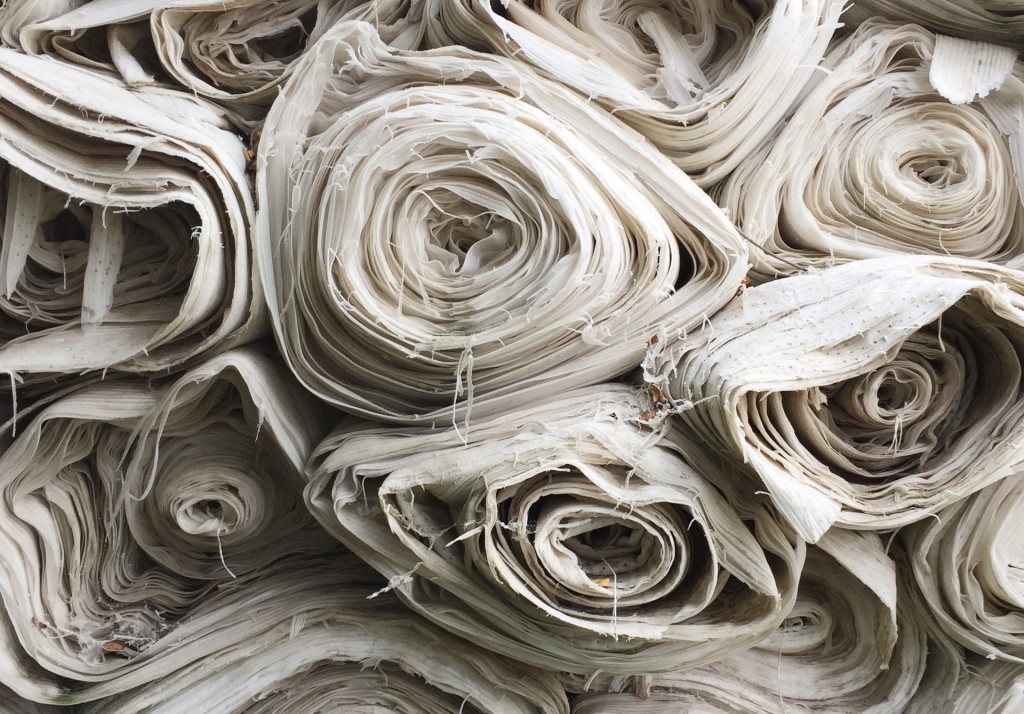Do you want to make custom T-shirts? If so, then you’ve probably spent a considerable amount of time thinking about the fabrics and design.
The appropriate fabric for your T-shirts can be challenging to choose initially, but our guide to T-shirt fabrics can guide you sort through the sea of possibilities. Other natural and synthetic textiles, including cotton, linen, polyester, nylon, spandex, and various blended fabrics, are available.
Knowing the composition of your t-shirt is necessary. While some textiles are ideal for warm weather, some are preferable in colder climates. With this knowledge, you may select T-shirts that meet the demands of your target market in the printing industry. In this post, we’ll examine various t-shirt fabric kinds, along with their benefits. You’ll be able to select T-shirts that give the best printing results after reading this article.
Choosing the Perfect T-Shirt Fabric for Printing
For better t-shirt printing quality, it’s essential to pick the right fabric for the clothes. It is impossible to overestimate the significance of fabric when choosing a t-shirt. It has a significant impact on the t-shirt’s durability and suitability as a printing surface.
Everyone appreciates wearing high-quality clothes that are functional for their intended use and offer lasting comfort, regardless of size, age, or gender. Cotton, polyester, or their mixtures make up the great majority of t-shirts. Each substance is distinctive in its own right. They are all widely used and valued.
Consider these metrics while selecting the fabric for custom t-shirt printing
- Seasoned Fabric: Make sure you choose the seasoned-appropriate fabric. Never consider any fabrics against climate conditions.
- Cost: Fabric cost is the second most important factor that you can consider. Always take into account the economic and environmental impacts of the goods you sell or use.
- Fitting the Purpose Fabric: Make sure the garment or fabric that you’re selecting should fit the purpose. For example, if you’re going to buy t-shirts for sports or outdoor activities then you need a flexible and strong fabric.
List of 5 Best T-Shirt Fabrics to Knowhttps://turtleverse.com/how-to-design-your-logos-fast-and-easy-with-designevo/
In this section of the article, you’ll get to know about the top 5 T-shirt Fabrics that are best for high-quality printing. Let’s get started with the fabrics.
1. Cotton Fabric
The most popular natural fabric in the world is cotton. Without it, no guide to t-shirt fabrics would be complete. It is also known as the “king of fabrics.” An appropriate name for a fabric that works so well for t-shirts and many other items we use on a daily basis.
Cotton is incredibly important in the field of print-on-demand. Cotton shirts are an excellent canvas for your designs because the ink adheres to the fibers easily.
One of the greatest materials for printing on t-shirts is cotton.
Cotton is a natural fiber that develops around the seeds of cotton plants and has a delicate, fluffy texture. The consistency and durability of the fabric vary depending on how the cotton is processed. Cotton, Combed Cotton, Ringspun Cotton, and Organic Cotton are the four basic subtypes. These fibers are frequently mixed. For instance, whether it is organic or not, fabrics made from ringspun and combed cotton are of incredible quality.
Benefits of Cotton Fabric
- Cotton fabric is another good alternative for t-shirt printing. Cotton materials may be easily constructed into clothing that is resistant to the elements through finishing and construction.
- Cotton is sturdy, long-lasting, and less prone to rip or tear due to its high tensile strength. So, as result produces blazing printing quality.
2. Linen Fabrics (A Natural Fabric)
In warm weather, linen is the best material to use. It is breathable, portable, and strong. Unrestricted breathability is offered by linen.
In the summer, linen will keep you cool. Despite having many beneficial qualities, linen is not one of the most widely used materials for t-shirts. Even a light touch might leave folds and creases, making the garment look untidy.
Benefits of Linen Fabric
- Both highly breathable and absorbent, linen is a fabric. As a result, you maintain a colder temperature for a longer period of time, and any created moisture is swiftly driven away.
- Additionally, linen is 30% stronger than cotton and lasts a lot longer—we’re talking years longer—than cotton. While linen shirts typically get better with age, cotton shirts tend to lose their smooth, silky feel over time.
3. Yarn Fabrics
A continuous length of interlocking fibers is referred to as a yarn in the textile business. It is used to create the fabrics that are later turned into t-shirts and other items of clothing that we wear. In other words, the finer the yarn, the higher the number. It is lighter, smoother, and softer. Low yarn counts typically result in thicker, heavier fabrics.
Benefits of Yarn Fabric
- Printing on textiles is influenced by the type of yarn used. Color brightness, evenness, and depth are all influenced by the twist degree, hairiness, shine, and evenness. Additionally, fine and coarse yarns of the same fiber type will print in different ways, as well as high-twist yarns that resist the penetration of the print paste.
4. Polyester
The microfiber threads have a great combination of softness and durability. Then, cotton is always an option. Its many forms are consistently comfortable and ensure that you do not experience any discomfort as you go about your daily activities.
The highest thread count is the secret to the silky fabric. This luxury will cost you a little or a lot more, but it is well worth the money because it will allow you to feel comfortable all day. People will then feel the same softness when they hold you, which will give them a positive sense of your taste and judgment.
Benefits of Polyester
- Both cotton and polyester materials are excellent for printing due to their flat surfaces. The textiles’ tight weave makes it possible for ink to take consistently. The exhibition of intricately detailed artwork is good.
- Cotton and polyester may both be recycled, reducing the impact of the materials on the environment. Additionally biodegradable, cotton can safely decompose under the right circumstances. Purchasing environmentally friendly products is so much more rewarding.
5. Tri-blends
Tri-blends, which combine some rayon with cotton and polyester, elevate luxury t-shirt fabric to a new level. The tri-blend, which combines these three t-shirt fabrics, creates a fabric with the ideal amount of softness, stretch, and fit.
It’s understandable why rayon is referred to as artificial silk when many of the tri-blend t-shirts on the market are the kind of soft that make you want to stop and show someone how nice they feel.
But in addition to adding pure softness, the additional rayon also makes the fabric drape more smoothly and silkily, which is frequently apparent in the fit. It is clear that the fabric is a tri-blend from the way it drapes and lays on your body.
Benefits of Tri-blends
Typically, a tri-blend T-shirt is composed of a blend of 50% polyester, 25% cotton, and 25% rayon. The benefits of each cloth are combined in this mixture.
- The T-shirt is strong and breathable thanks to cotton.
- Additionally strengthening the shirt’s durability, polyester dries quickly.
- Because rayon is so soft and moisture-absorbing and also helps in showing blazing effect after printing.
Conclusion
However, depending on the fabric’s consistency, the outcome could still differ even if you use only 100% cotton. Because they are heavier and tend to absorb more ink, thicker materials produce richer colors that outlast thinner ones. Finer and shinier textiles don’t absorb as much ink, so the print looks “washed out.”


